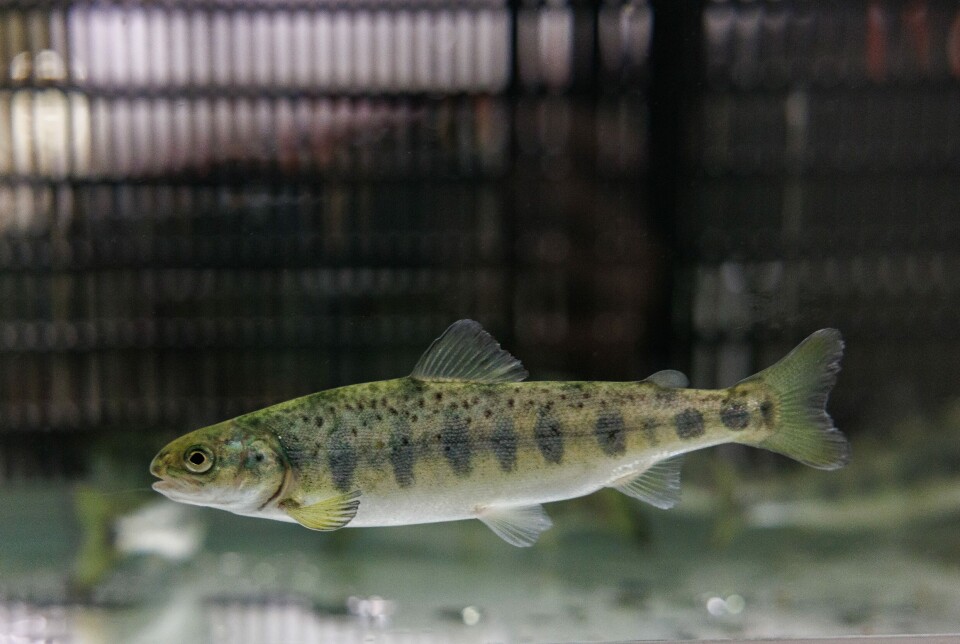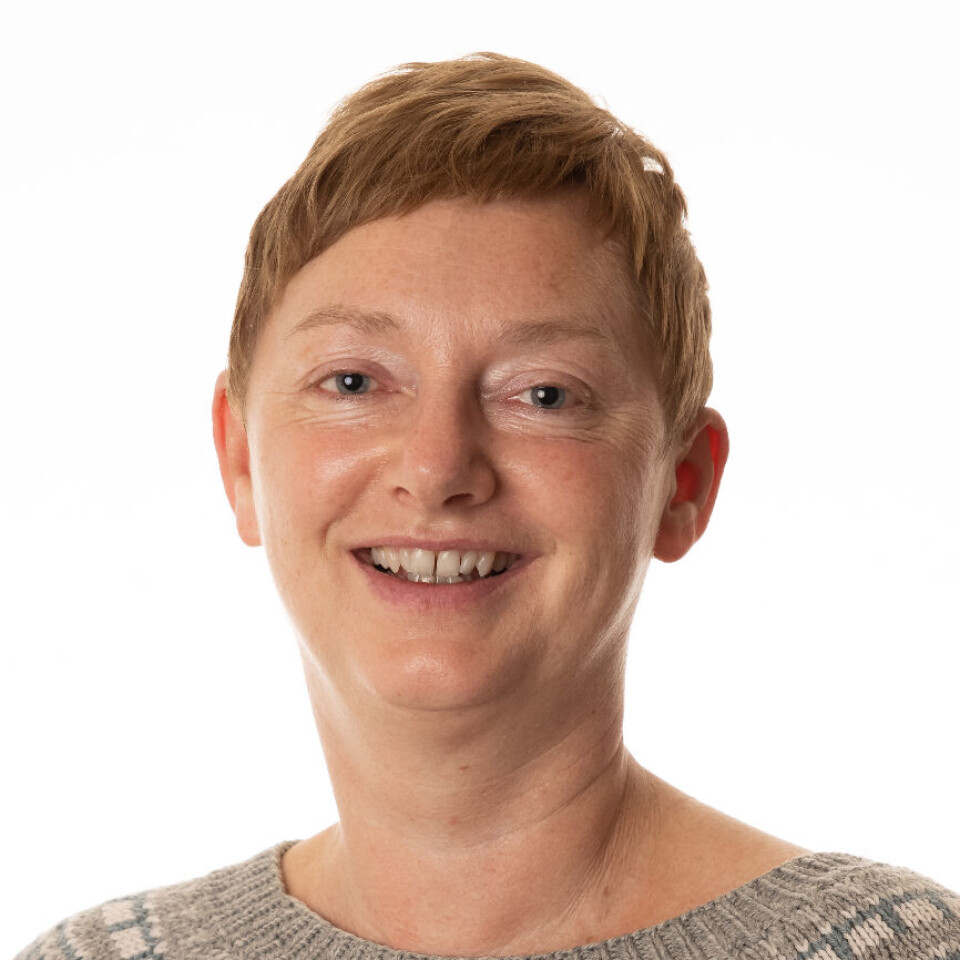THIS ARTICLE/PRESS RELEASE IS PAID FOR AND PRESENTED BY Nofima The Norwegian Institute of Food, Fisheries and Aquaculture Research - read more

Smolt are now larger than previously, but are they stronger?
Perhaps it is best for the health of farmed salmon if they do not grow as quickly during the initial period. But this is difficult for researchers to ascertain, because Norwegian fish farmers use several different methods for farming the salmon.
“There is no common knowledge foundation,” Trine Ytrestøyl says.
She is a senior scientist at Nofima, and is working to collect knowledge on how salmon can grow well and survive long enough after being released into salt water.
“Things are done differently at each facility according to the lessons they’ve learnt,” she says.
Large enough for salt water

She is now leading a project to find out more.
It is completely focused on smolt – i.e., the juvenile fish that are ready to make the transition from fresh water to salt water. When should they be released into the sea, and how big should they be?
In Norway, the answer varies from facility to facility and from region to region, according to the survey conducted by Ytrestøyl and her colleagues.
In the wild, salmon weigh 30 to 50 grams when they migrate downstream from rivers into the sea. Farmed salmon are larger. In Norway, the average weight is 200 grams for those released in the spring and 180 grams for those released in autumn.
“The time of year when the big smolt are released varies. Roughly half are released in the summer, while 27 per cent of the fish are released in January and February. This seems to indicate that it may not be ideal for them,” she says.
Growing too rapidly
Ytrestøyl compares this to the aquaculture industry in the Faroe Islands which has more extensive experience of releasing large smolt.
Data from there suggests that the size of the smolt upon release does not have a significant impact on how well it survives or how much it grows in the sea. The crucial factors seem to be whether the smolt lived in warmer fresh water as fry and therefore grew more rapidly before being released into the sea.
“Fish that have grown rapidly during the land phase grew less and had poorer survival rates in the sea,” she says.
Such an overview doesn't exist in Norway.
To obtain such data, researchers would need to collect information from each individual fish farming company. This can be challenging due to competitive reasons. Relatively few fish farmers produce large smolt in Norway, so this data might be sensitive.
Must be larger
Even so, the fish farmers want larger smolt.
Roughly 20 per cent of fish farmers in Norway release salmon that weigh more than 250 grams. More than one in three of those who do not currently do so are considering producing smolt of this same size. Among those who already do, two out of three are considering increasing the proportion of big smolt.
When salmon spend more time in fresh water and less in the sea, it can mean fewer problems with salmon lice. That translates to better growth, better fish welfare, and lower mortality. It also enables fish farmers to utilise their licences better.
On the other hand, large smolt can have other health problems. Fish farmers report instances of fish with more gill problems, greater size variation, poorer appetite, and higher mortality rate after being released into the sea.
Different winter signals
In the Faroe Islands, the average size of the smolt released into the sea is now more than 400 grams. However, this Faroese data cannot be directly applied to Norwegian conditions.
“In the Faroe Islands, they use a different production method during the fresh water phase,” Trine Ytrestøyl explains.
The salmon there receives slightly different signals that tell them when it’s time to prepare for salt water.
They experience a period of short days, making the fish believe it is winter. In Norway, this winter signal is shorter.
Additionally, salmon in the Faroe Islands are kept in fresh water until they are released, while brackish water is commonly used in Norway.
Finding knowledge gaps
A part of Ytrestøyl’s research project has been to identify areas where knowledge is lacking.
“We’ve seen a scarcity of literature on large smolt, as well as the fact that fish farmers are reportedly uncertain about how to carry out this process. They try different things,” she says.
Seeing that production is done in such a wide variety of ways, it is difficult to pinpoint the factors that influence the survival of salmon after being released into the sea.
“In order to draw any conclusions about an optimal solution, we need more data from those fish farmers who are doing things differently. This shows how crucial it is to collaborate with major industry players,” Trine Ytrestøyl says.
Reference:
Siciliani et al. Effects of dietary lipid level and environmental temperature on lipid metabolism in the intestine and liver, and choline requirement in Atlantic salmon (Salmo salar L) parr, Journal of Nutritional Science, vol. 12, 2023. DOI: 10.1017/jns.2023.45

This article/press release is paid for and presented by Nofima The Norwegian Institute of Food, Fisheries and Aquaculture Research
This content is created by Nofima's communication staff, who use this platform to communicate science and share results from research with the public. Nofima is one of more than 80 owners of ScienceNorway.no. Read more here.
See more content from Nofima:
-
Red algae grown in wastewater from fish-farming facilities could become sustainable salmon feed
-
Pumpkins are good for more than just Halloween decorations
-
This is how temperature affects a salmon's health and growth
-
Study: Omega-3 and zinc is a powerful duo for salmon
-
Fish may turn yellow if frozen too fresh
-
Is it better if food is packaged in plastic or paperboard?





































